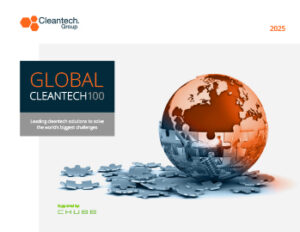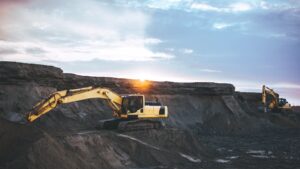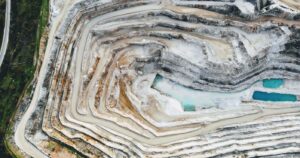Growth of Anaerobic Digestion Technologies, Drivers and Challenges
In the Insight recently published, Demand for Renewable Natural Gas and Innovations in Biogas Upgrading (add link), the growing demand for biomethane (also known as renewable natural gas (RNG)) was discussed. As a result, anerobic digestion facilities and projects are poised for substantial growth in the coming years to help meet corporate and municipal demand for RNG.
There are numerous other drivers supporting the growth of this sector, including:
- Methane abatement potential, and
- The organic waste diversion policies preventing food waste from entering landfills.
Methane poses a greater climate risk than carbon dioxide with a global warming potential 86 times greater than carbon dioxide over a 20-year timeframe. Methane is released when food and organic waste enter landfills or degrades – food waste is the single largest category of material placed in municipal landfills. Given this, anerobic digestion has the potential to abate 10-13% of current global GHG emissions (3,290 – 4,360 Mt of CO2eq).
Aware of the carbon emissions, many governments and corporates are pledging to reduce food waste and divert food waste to more sustainable end-of-life processors like anaerobic digestion and composting operators. While composting facilities require less capital expenditure to set up and operate, they are unable to recover the energy lost from the degradation process. Anerobic digestion, however, is able to recapture the energy and leverage the mitigation impacts to provide a more sustainable option for natural gas through renewable natural gas. However, because natural gas and renewable natural gas are chemically identical, so is the process of using renewable natural gas as energy. The emissions savings lie with using a carbon negative feedstock.
Additional challenges with scaling anaerobic digestion operations include overcoming the high costs required with setting up and operating the facilities as well as the potential to emit methane through pipe leaks as the organic waste is stockpiled prior to treatment. Additionally, there are some concerns over using feedstock from industrial dairy farms and swine farms that are unable to effectively manage waste and may further encourage the development of facilities that are not run sustainably.
However, these challenges have not prevented the recent funding rounds and acquisitions that are accelerating rapid growth of anaerobic digestion systems in the U.S. and abroad. For example, Vanguard Renewables was recently acquired by Blackrock for $700 million from Vision Ridge Partners. Vanguard currently runs six anaerobic digesters across Massachusetts and Vermont with a goal of having 100 digesters operating by 2026 in the U.S., with BlackRock potentially investing over $1 billion to support their future growth. Additionally, Irradiant Partners invested $100 million into Bioenergy Devco to support anaerobic digestion projects and their expansion in the U.S.
Following the development of global anaerobic digestion projects will also accelerate the integration of innovative technologies that can streamline the anaerobic digestion process by providing better pre-treatment systems and software solutions to improve processes.
- Pre-Treatment: Companies like Gemidan provide water-based pre-treatment technologies that allow for food packaging and other contaminants to be removed to purify AD feedstock. Similarly, Cetogenix, who recently raised a round of $4.5 million in seed funding, provide a combination of hydrothermal oxidation and fermentation processes breaking down the waste streams prior to anaerobic digestion processing to increase gas production by 40%.
- Monitoring and Modelling: BioEnTech analyzes digestate and internal conditions through sensors, testing and microlabs and Anessa provides digital modelling software to assess the viability of a plant before development.
Looking Ahead
As enabling policies encourage the growth of anaerobic digestion and biomethane production, we will likely see exponential growth in this sector. Institutions, governments, corporations and utilities will look to capitalize on waste resources to generate low carbon sources of energy and biomethane in order to produce a lower carbon substitute for natural gas and create a drop-in solution for hard to electrify sectors that are reliant on natural gas.
However, there are certain challenges related to locking into a supply chain that leaks methane and is dependent on large volumes of waste production. Competing with wind and solar renewable energy sources, that have a lower environmental footprint and are oftentimes more economical in certain regions, may also prevent the growth of the sector in the future and affect the landscape of policies centered around biomethane and anaerobic digestion.
Current policies such as the Inflation Reduction Act, Low Carbon Fuel Standard, Renewable Fuel Standard in the U.S. and the RePowerPlan in Europe will accelerate the growth and production of biomethane. However, given that the biomethane and anaerobic digestion markets are heavily influenced by policies, it will be necessary for favorable policies and credit systems to continue to support the long-term growth of the sector.



